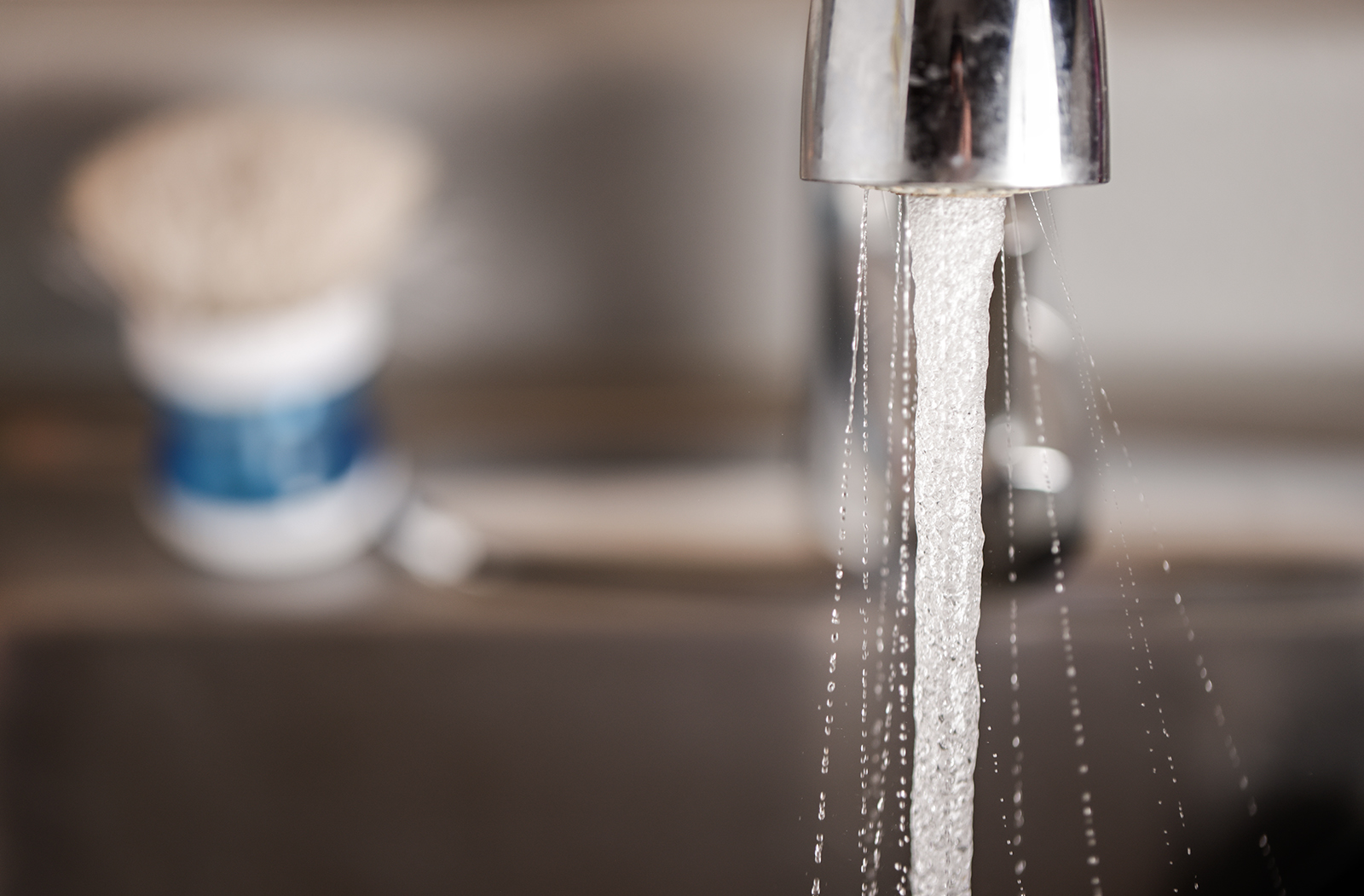Evergreen’s ‘Forever Chemical’ Levels Well Below Federal Regulations
Evergreen Water and Sewer District staff found PFAS levels beneath new Environmental Protection Agency standards as Kalispell city officials work to treat the chemicals at a well in the northern part of the municipality
By Maggie Dresser
After Kalispell city officials detected amounts of “forever chemicals” that exceed new federal regulations, Evergreen Water and Sewer District staff has since tested drinking water sources in its jurisdiction to the east last month and found levels well below the new standard.
Evergreen officials performed early testing after a well in Kalispell detected levels of per- and polyfluoroalkyl substances (PFAS) – man-made compounds that are linked to serious health risks – that exceed the new regulations established in April by the Environmental Protection Agency (EPA).
Located about a half mile away from Evergreen’s wells, the Grandview #2 well in the city of Kalispell revealed 13 parts per trillion (ppt) of PFOS and 11 ppt of PFHxS, which are two compounds that are part of the larger family of chemical substances known as PFAS. EPA has set the Maximum Contaminant Levels (MCLs) to 4 ppt for PFOS and 10 ppt for PFHxS.
The Bluff Wells water source in Evergreen revealed 1.3 ppt of PFOS and 1.8 ppt of PFHxS, which is below the EPA standard. No detections were found at other water sources.
“We had done this PFAS testing ahead of schedule and that was done in part to basically address concerns that customers raised after the city of Kalispell did their testing,” Evergreen Water and Sewer District General Manager Cindy Murray said. “We don’t get any water supply from the city of Kalispell – there’s no overlap with our water supply at all.”
The Evergreen District hired AE2S, an environmental consulting company headquartered in North Dakota with an office in Kalispell, to perform testing at each of the wells and experts trained local staff to conduct sampling for the future.
Mark James, Evergreen District’s field supervisor, says the type of testing that was performed is a more rigorous microscopic sampling than the EPA’s sampling protocol.
“We have a really high degree of confidence in the test results,” James said.
In addition to the wells that are currently online, the district has two new wells that are under construction and are planned to be functioning next year, both of which did not have PFAS levels that exceeded the new regulations.
“It’s important that customers know our drinking water supply is safe,” Murray said. “Our number one commitment is safe and reliable drinking water.”
Evergreen District staff will complete another round of testing in January of next year followed by a second round next July.
Murray said the district staff is closely watching Kalispell’s response to the PFAS contamination at Grandview #2 in case levels exceed the EPA standard in the future.

After Kalispell officials discovered PFAS earlier this year, public works staff have been working toward solutions to meet the new federal regulation and to provide safe drinking water to residents.
In June, the city procured funding from Montana Department of Environmental Quality (DEQ) and federal grants totaling to more than $10 million that will be used toward water treatment and well replacements. The city recently ordered equipment for the Grandview #2 well and treatment is scheduled to take place later this month.
The funding was granted after drinking water samples that were collected in March revealed that four wells in Kalispell exhibited detectable levels of per- and polyfluoroalkyl substances (PFAS). The Grandview #2 source located on the Flathead Valley Community College (FVCC) campus contains two compounds surpassing the Maximum Contaminant Levels (MCLs), which were established by the Environmental Protection Agency (EPA) on April 10. The rule applies to all community water systems and non-transient, non-community water systems regulated under the Safe Drinking Water Act.
The contaminants were also detected in the Grandview Well #1, Old School Well #1 and the Armory Well, but levels were below the limits.
As part of a short-term solution, public works staff will treat the water at Grandview #2 during high-demand months using an ion exchange treatment option. Rental equipment needed for the treatment costs between $281,000 and $452,000, according to engineers contracting with the city.
Public works staff will release testing results from recently completed samples that were conducted last month and followup sampling will resume this fall.
PFAS have been used since the 1940s and are found in everyday products like Teflon cookware, water-resistant clothing, cosmetics and firefighting foam, according to the EPA. The contaminants are nicknamed “forever chemicals” because of their strong carbon fluorine bond, which can take more than 1,000 years to degrade.
Exposure to contaminants can cause metabolic disorders, decreased fertility in women, developmental delays in children, increased risk of cancer, and a decreased immune response.
For more information about PFAS, visit www.epa.gov/pfas.